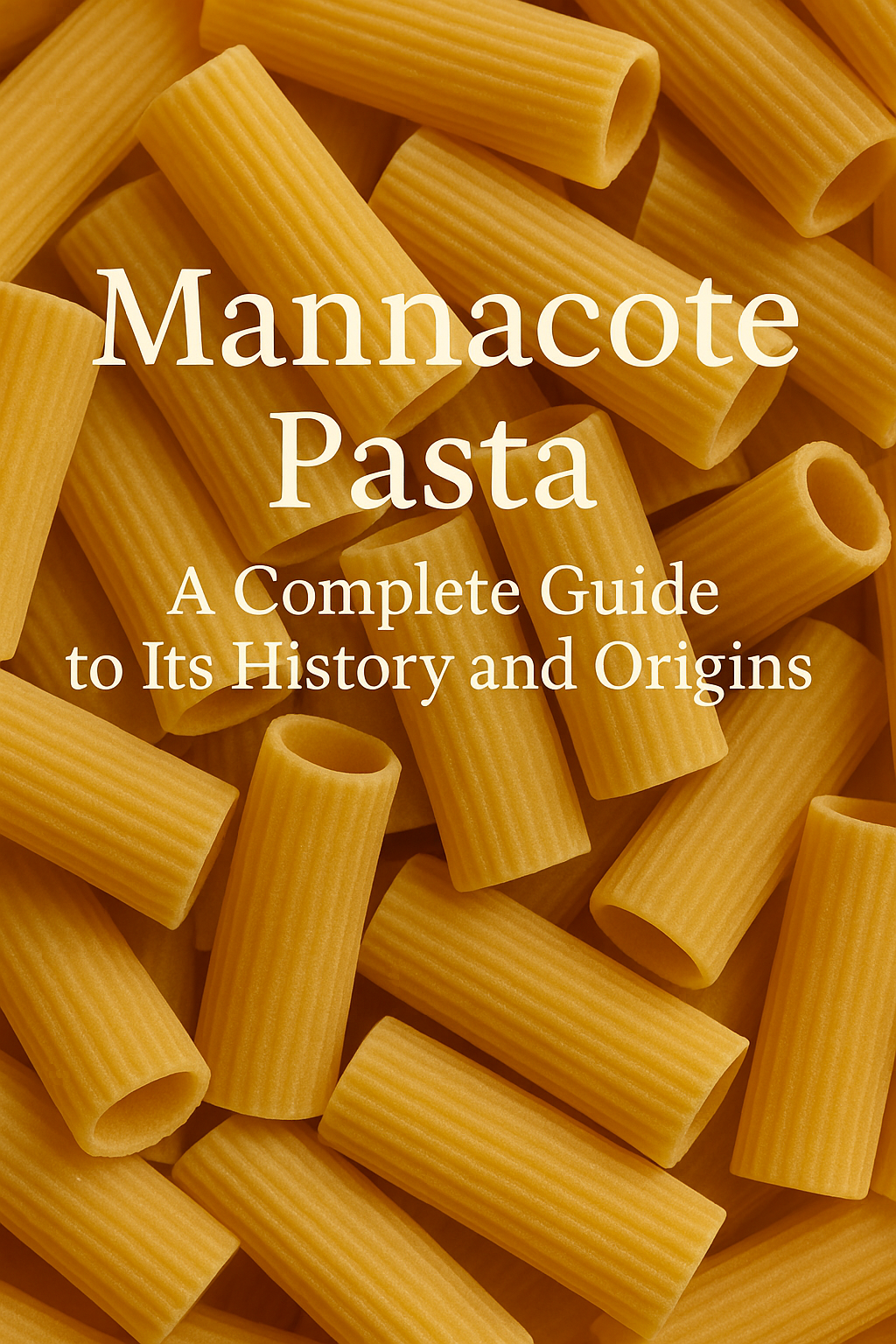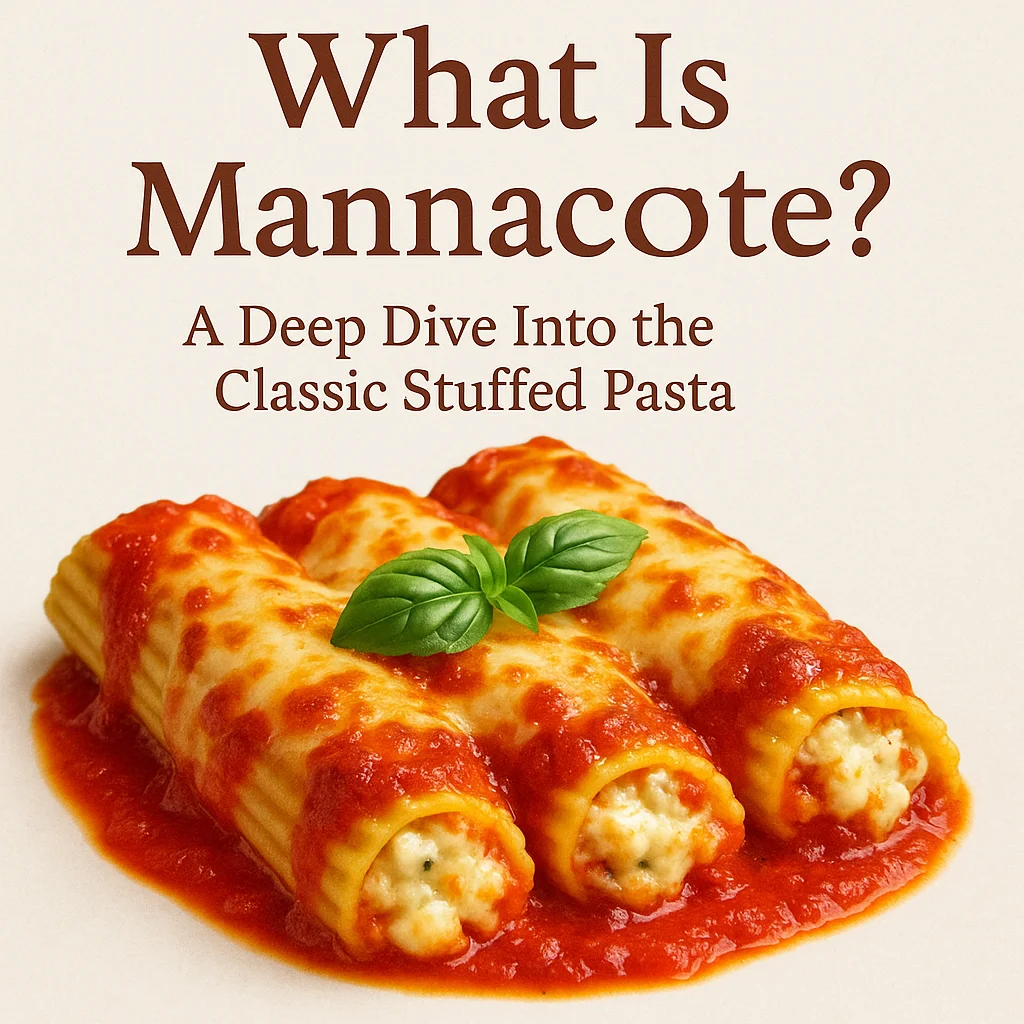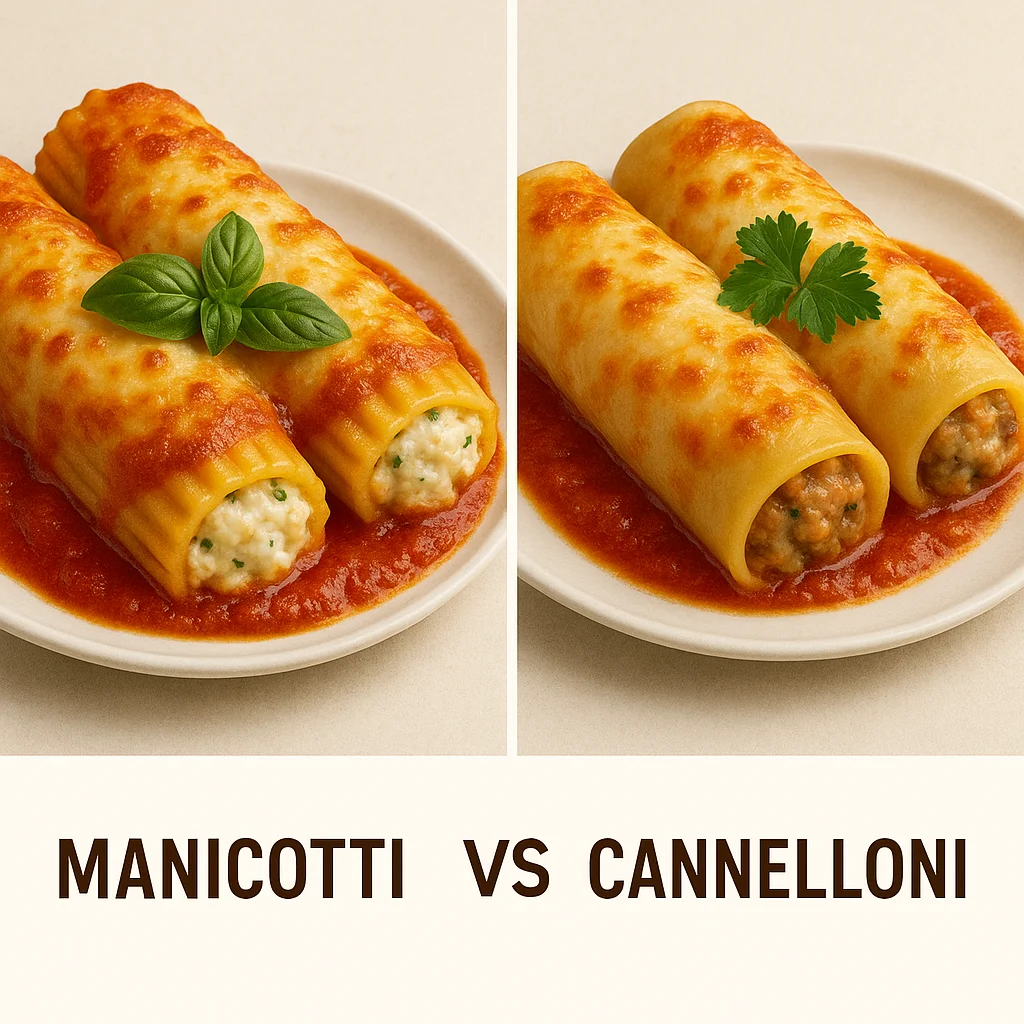Introduction
Mannacote pasta is more than just a delicious dish—it’s a reflection of tradition, culture, and history. While often confused with manicotti, mannacote has its unique identity and charm. From its Italian culinary roots to becoming a cherished comfort food around the world, mannacote pasta has a story worth savoring. In this guide, we’ll explore its origins, how it evolved, and why it continues to hold a place in kitchens today.
Benefits of Learning the History of Mannacote Pasta
How It Helps in Understanding Food Culture
Studying the history of mannacote pasta gives us insight into:
- Italian food heritage and evolution
- How traditional dishes spread across countries
- The role of pasta in global cuisine
- Cultural identity through food
Key Advantages for Food Enthusiasts and Chefs
- Encourages appreciation for authentic recipes
- Helps chefs re-create traditional flavors
- Offers inspiration for new fusion dishes
- Connects families to their heritage
How to Use/Apply Mannacote Pasta Knowledge
Step-by-Step Guide to Exploring Its Origins
- Research Italian-American Cuisine:
Mannacote pasta likely evolved from Italian dishes like manicotti or cannelloni, often filled with cheese or meat.
- Look into Regional Variations:
Southern Italian recipes might use different cheeses, sauces, or pasta tubes than Northern Italy.
- Explore Cookbooks & Oral Histories:
Traditional recipes often come from family records or passed down generations—some versions of mannacote pasta include unique spices and herbs.
- Visit Italian-American Communities:
Areas like New York, Chicago, and Boston are rich in Italian-American food traditions, often preserving mannacote as a festive dish.
Common Mistakes to Avoid
- Confusing mannacote with manicotti: Though similar, some families maintain unique differences in preparation.
- Using non-traditional ingredients: Avoid using overly modern fillings like tofu or BBQ unless intentionally experimenting.
- Skipping baking time: A well-baked mannacote is essential for flavor and texture.
Best Practices for Cooking and Preserving Mannacote Pasta
Tips & Tricks for Better Results
- Use fresh ricotta and mozzarella cheese for filling
- Boil pasta tubes al dente before stuffing
- Let the flavors rest by refrigerating overnight before reheating for deeper taste
- Use homemade tomato sauce if possible
Expert Recommendations
- Food historians recommend documenting family versions of mannacote pasta to preserve them
- Chefs suggest layering with béchamel or spicy marinara for fusion flavors
- Nutritionists advise balancing it with a side salad or grilled vegetables for a full meal
FAQs About Mannacote Pasta
What is mannacote pasta exactly?
Mannacote pasta is a tube-shaped pasta dish, usually stuffed with cheese or meat, then baked with sauce. It’s similar to manicotti but may differ in texture or ingredients based on family tradition.
Is mannacote pasta the same as manicotti?
No. While they are closely related, mannacote may refer to a family-specific or regional version of manicotti with slight variations in preparation or spelling.
Where did mannacote pasta originate?
It traces back to Italy, possibly a dialectal or Americanized evolution of manicotti or cannelloni, carried over by immigrants to the U.S.
How is mannacote traditionally served?
Typically baked in a casserole with marinara sauce and topped with cheese, often enjoyed at family dinners, holidays, or Sunday meals.
Can I find mannacote in restaurants?
It may not always appear on menus under that exact name but look for baked stuffed pasta dishes. Italian-American diners or local family-style restaurants might offer it.
Conclusion
Mannacote pasta is more than a meal—it’s a culinary time capsule. From its Italian origins to its adaptation in American homes, its rich flavors carry stories of heritage, resilience, and love. Whether you’re a foodie, chef, or just someone exploring your roots, discovering the history and origins of mannacote pasta connects you to generations of culinary tradition.


